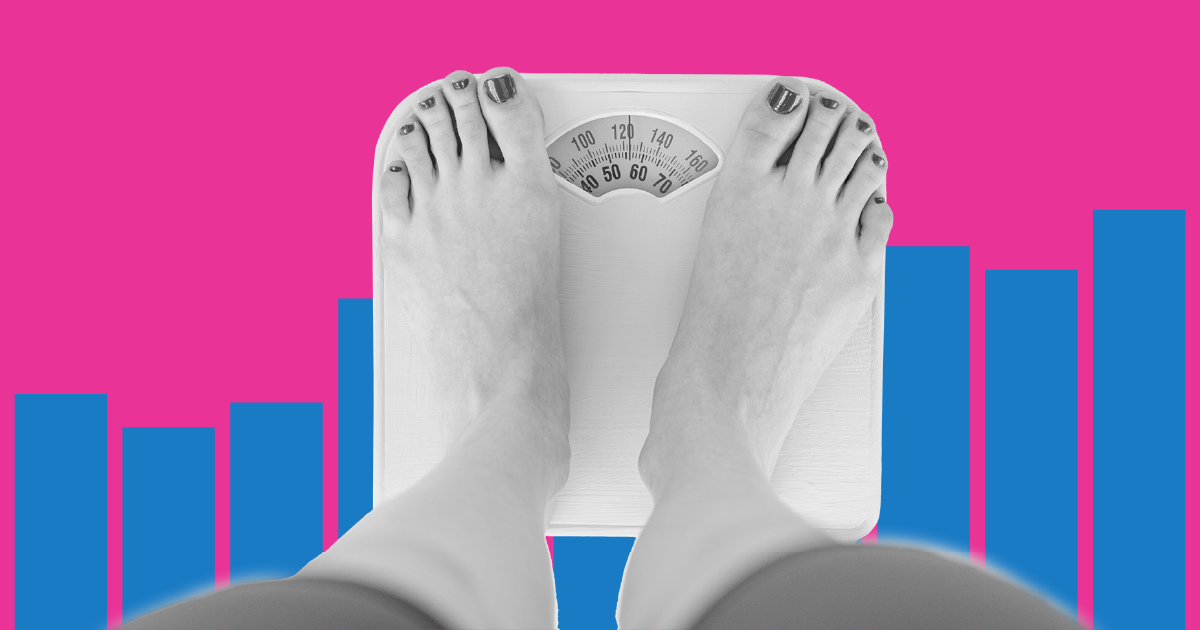Health
US obesity rates have tripled over the last 60 years

For the first time in the last seven years, the year-over-year birth rate in the US increased. Although the increase was minimal (1% from 2020 to 2021), it’s still a move away from years of declining numbers. The Centers for Health Statistics does not report on specifics of why the rate increased.
The pandemic may have contributed to a decrease in the rate of babies born, dropping 4% between 2019 and 2020. The combination of fewer births and an increase of deaths in 2020 due to COVID-19 impacted the nation’s population growth. The Census Bureau measured a 0.4% annual population growth rate in 2020, the lowest annual growth rate since 1918.
The general fertility rate — the number of live births per 1,000 women of childbearing age — also increased for the first time since 2014. In 2021, the general fertility rate was 56.6 births per 1,000 women aged 15-44, up 1% from 2020, when it was at 56.[1]
From 2014 to 2020, the general fertility rate declined by an average of 2% annually.
While the national birth rate increased 1% between 2020 and 2021, the birth rate rose 2% for non-Hispanic white and Hispanic women. For non-Hispanic Black women and non-Hispanic Asian women, the birth rate declined 2% and 3% respectively. The same trend held true when breaking down the changes in the fertility rate. Those figures also increased in 2021 for white non-Hispanic and Hispanic women and declined for non-Hispanic Asian and Black women.
Between 2020 and 2021, the birth rate declined for teenagers and women in their early 20s, according to provisional Centers for Disease Control and Prevention data. At the same time, the birth rate increased for women age 35-39.
The teenage birth rate (ages 15 to 19) fell 6% from 2020, with 14 births per every 1,000 women in the group. Since 2007, the teenage birth rate dropped by 65%.
The birth rate for women in their early 20s (20 to 24) was 61.5 for every 1,000 women in 2021, down 2% from 2020. Since 2007, the birth rate for this group dropped by 42%.
The birth rate for women aged 35 to 39 was 54.2 births for every 1,000 women in the group, up 5% from 2020. That increase was the largest of any age group. Since 2007, the birth rate for women 35 to 39 increased by 14%.
New Hampshire had the largest percent increase in births of any state, rising 7% between 2020 and 2021. Connecticut, Vermont, Idaho, and Massachusetts round out the top five states for percent increase in births.
The number of births in New Mexico dropped 4.5% over the last year, the largest decline of any state. Alaska, West Virginia, Hawaii and Washington, DC, also saw the biggest decrease in births.
To learn more about the birth rate’s impact on population change, see USAFacts’ Population section of the State of the Union in Numbers and get the facts every week by signing up for our newsletter.
Birth rate data is collected by sex.
General fertility rate is based on the number of women in reproductive age while birth rate is based on total population.
Newsletter
Keep up with the latest data and most popular content.